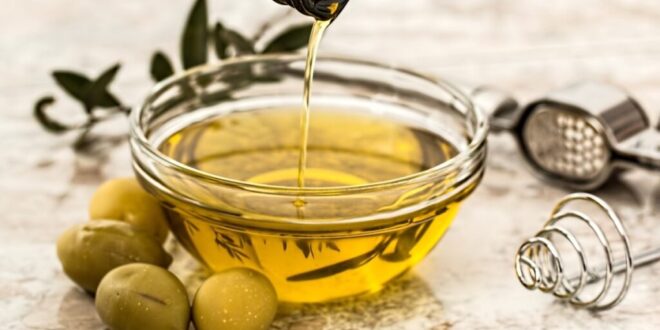Unsteady olive harvests make olive oil rate goes down unsure.
Credit scores: Pixabay: Stevepb
The rate of olive oil has actually not just been a controversial subject for customers, yet additionally for manufacturers as rates remain to oscillate and unsure harvests dominate.
Over the previous year, it has actually turned into one of one of the most extensively reviewed subjects, especially because of its function as a staple in every Spanish home. After getting to rates not seen for a long time, the possibilities of a cost decline is an inquiry on many individuals’s lips. In spite of professionals forecasting a decline on the market worth of the item, this does not always equate as a more affordable rate on the production line … or a minimum of not rather yet. As a result of limited olive harvests, manufacturing of olive oil has actually gone to a lowest level. Previous numbers reveal that supplies of olive oil went to 186,000 tonnes, hardly sufficient to cover 2 month’s well worth of need. In contrast to previous years where around 400,000 tonnes of the item was the standard, worry and stress endured by manufacturers is unsurprising.
Olive harvests guaranteeing yet rates of olive oil not ensured to go down substantially
Hope is on the perspective, nevertheless. Harvests for 2024/2025 are anticipated to be extra appealing– professionals have actually anticipated that the upcoming harvest might create supplies of as much as 1.4 million tonnes– still poor, yet 65% greater than the previous harvest. These rises, in addition to awaited renovations in worldwide olive oil products, are anticipated to assist lower rates on grocery store racks in the coming year. Turkey and Portugal have both verified solid harvests in their areas, for instance.
It is necessary to keep in mind that regardless of boosted manufacturing or supply, it is sensible for manufacturers to pick to keep comparable margins to guard their companies and to recover from previous losses. Manufacturing chains have actually taken the toll of inadequate harvests and financial losses with greater manufacturing expenses and a reduced intake price– additionally impacted by abroad dispute. On the grocery store racks, clients might well be disappointed with a very little rate decrease, particularly in upcoming months, yet Gonzalo Guillén, General Supervisor de significant product packaging company, Acesur has actually assured the general public that if rates are to go down substantially, this will likely come to be noticeable in April or May 2025.
Consumers can not anticipate olive oil rates to imminently go back to those of pre-crisis
What stays clear is that although forecasts can be made and really hopes increased, it is necessary to remain careful as rates are identified not just by supply yet additionally by exactly how this is regarded by existing markets. Unquestionably, behind this chain are a collection of more unforeseeable aspects such as the weather condition. Presently, it is anticipated that rates will ultimately go down to in between 5 and 6 euros, yet whether they will certainly go back to pre-crisis rates is an inquiry that can not yet be addressed. In the short-term, it is not likely, particularly provided various other variables, consisting of competitors from various other oil selections and secure healing for olive cultivators and manufacturers.
Olive oil, typically described as “environment-friendly gold,” is an essential indication for the Spanish, offering a solid representation of the nation’s financial wellness. Nevertheless, customers need to be sensible, not anticipate abrupt extreme rates modifications and must prevent reasoning regarding Spain’s economic climate based upon the price of olive oil.
Locate various other write-ups on Food

 Costa News Spain Breaking News | English News in Spain.
Costa News Spain Breaking News | English News in Spain.





